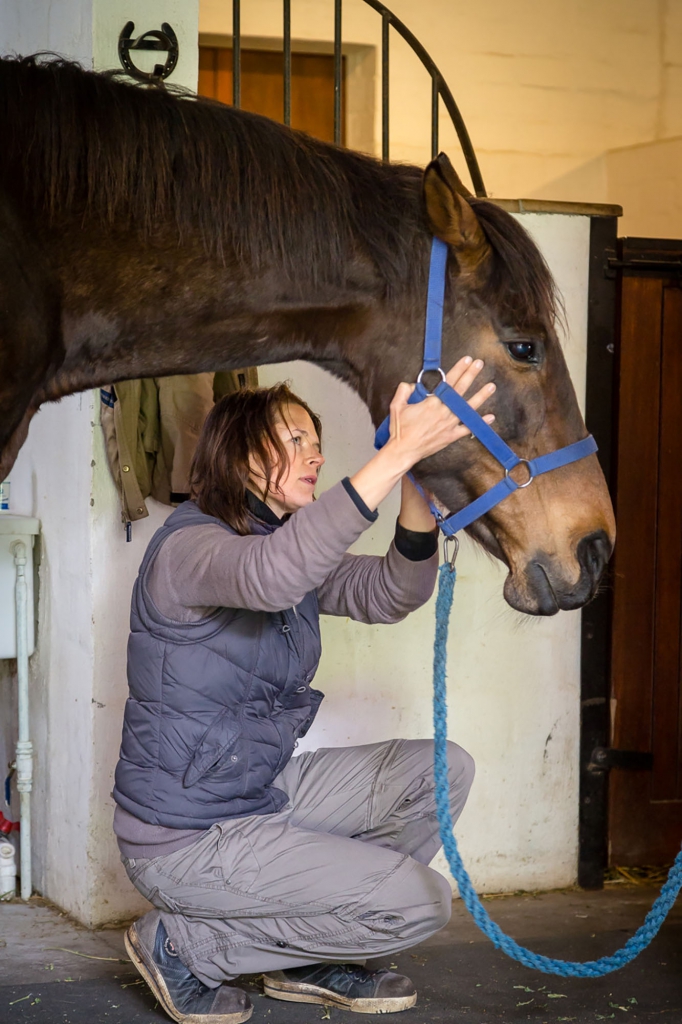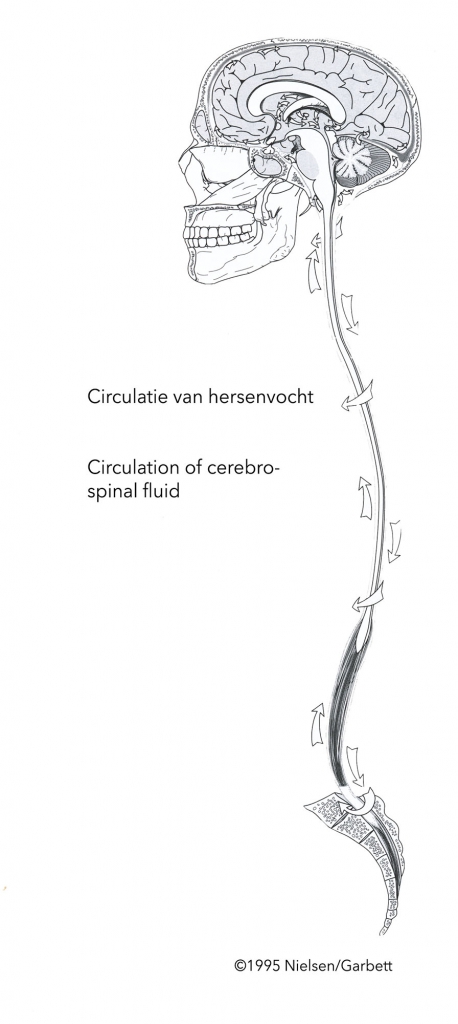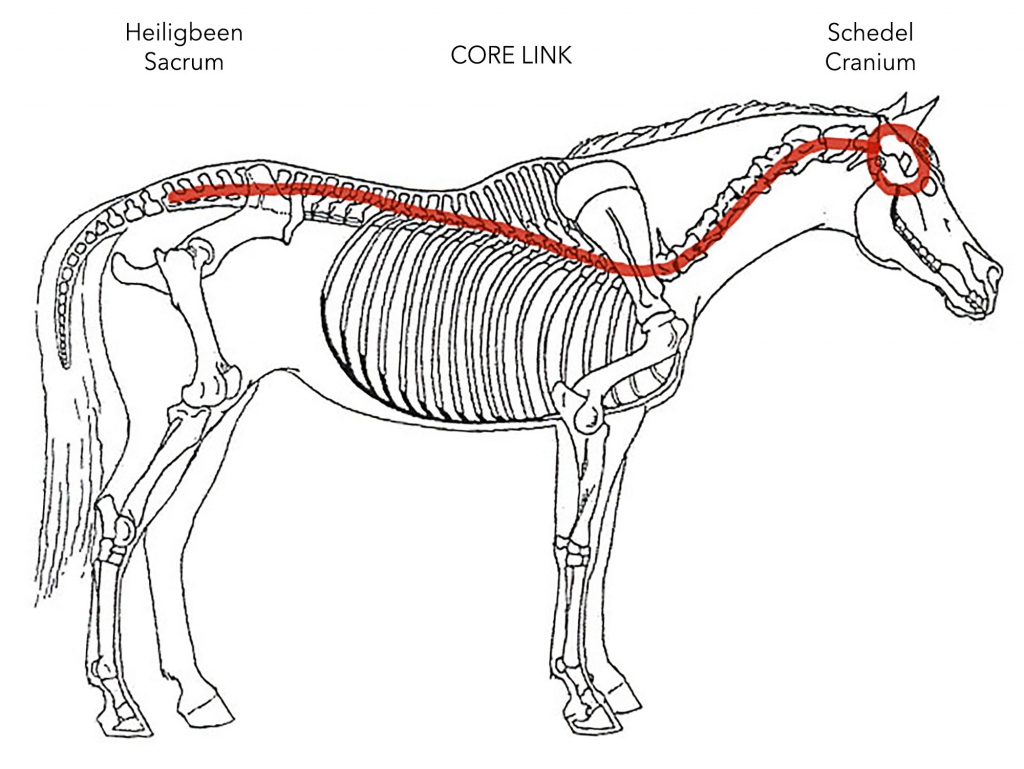 Originally known as craniosteopathy, craniosacral evolved from the practice of osteopathy. In the early 1900s, Dr. William Sutherland, an osteopath, discovered that the bones of the cranium connect to the sacrum through what he referred to as the core link. The core link is made up of the skull or cranium, the spinal cord, the dura mata (the protective sleeve around the spinal cord) and the sacrum. Sutherland noticed that when ‘pressures’ were applied to the various bones of the skull, the sacrum and pelvis were affected; the same principle applied when it came to the sacrum: eventually, pressures applied there would affect the bones of the skull.
Originally known as craniosteopathy, craniosacral evolved from the practice of osteopathy. In the early 1900s, Dr. William Sutherland, an osteopath, discovered that the bones of the cranium connect to the sacrum through what he referred to as the core link. The core link is made up of the skull or cranium, the spinal cord, the dura mata (the protective sleeve around the spinal cord) and the sacrum. Sutherland noticed that when ‘pressures’ were applied to the various bones of the skull, the sacrum and pelvis were affected; the same principle applied when it came to the sacrum: eventually, pressures applied there would affect the bones of the skull.
These structures are connected, not only by muscles, fascia, ligaments and tendons on the outside, but importantly by the tissues from inside the core link. While traditional osteopathy focuses on the bones themselves, craniosacral focuses on bringing balance throughout the skeletal and muscular systems with specific focus on the individual bones of the skull, the spine and the sacrum.
 Equine craniosacral practitioners apply specific hands-on techniques to the horse’s body to release restrictions in the musculoskeletal system and in the fascia, a tissue that weaves the whole body together like a spider web.
Equine craniosacral practitioners apply specific hands-on techniques to the horse’s body to release restrictions in the musculoskeletal system and in the fascia, a tissue that weaves the whole body together like a spider web.
Craniosacral is an energy-based therapy using light contact like acupressure. There is no physical manipulation to the bones and tissues. While specific attention is given to the cranium, spine and sacrum, treatment is not limited to these areas due to the way the body is connected. Practitioners are trained to first assess the equine clients movement, posture and soft tissue. Hands-on techniques release restrictions throughout the body’s musculoskeletal system, restoring balance and fluidity of the biomechanics.
The body loves balance. It will try to create balance in an imbalanced state via compensation patterns. These compensations cost the body over time and aid in the breakdown of joint function and musculoskeletal health. Many times behaviour issues result. Compensation patterns exist for all equine athletes!
Any horse can benefit from craniosacral work especially due to the fact that all horses experience regular pressures to the cranium throughout their lives. These pressures on the skull affect bone position and create compensation patterns in the TMJ function and in mastication patterns, which influence the overall biomechanics of the horse. Retaining or reinstating the integrity of skeletal and muscular systems can be vital in the health of an equine athlete’s longevity, comfort and wellbeing.
Source: Maureen Rogers ©2008

